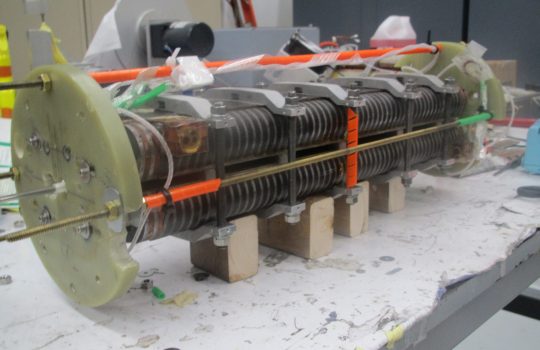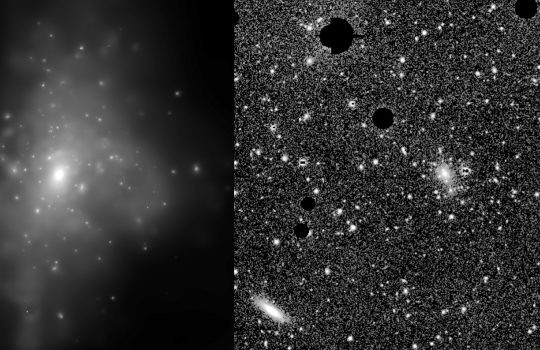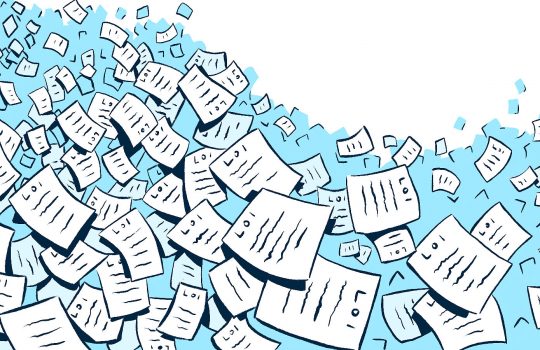Beam me up? The paradoxes and potential of human teleportation
From Big Think, Jan. 10, 2021: The quantum breakthrough Fermilab and its partners made in teleporting qubits over a fiber-optic network more than 27 miles highlights how close — and how far — modern science is from sci fi.




